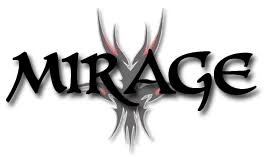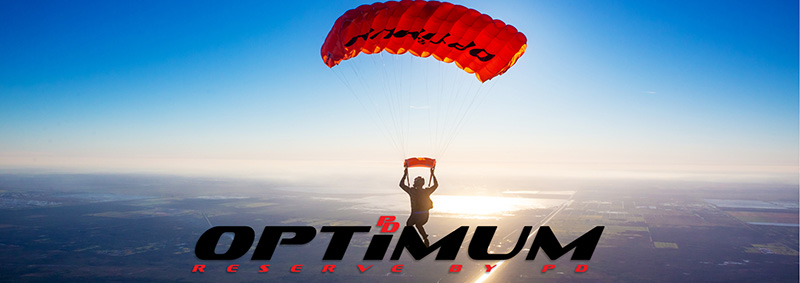Just like everything else, there are many different ways to approach buying your own gear. Below are some categories and breakdowns that might help you discover your particular path to buying your first rig. One size, brand, or type definitely does not fit all!
The first thing to learn about buying your first rig is: Don’t be in a rush to buy it! There are a LOT of options and you want to get the skydiving equipment that is best and safest for YOU. If all this research seems like too much, talk to your instructor, DZO, or local pro shop manager–they can help you out and hook you up. 🙂
Second, what gear do you want? Chances are you’re reading this thinking you have absolutely NO idea, and that is 100% normal when you’re new in the sport! Let’s break down that question.
Start With Your Daily Driver (Main Parachute)
Before you dig into the details of new vs. used, best gear colors, and selecting parachutes, set aside some time for a serious gear conversation with your instructor(s) so you can talk about what gear they would recommend for you. Usually this discussion will start with what type and size main parachute would they recommend for you?
Weather holds and after-hours chats when nobody’s in a hurry are perfect for this. Your instructors are the only people on the planet who actually know your current skydiving capabilities/tendencies and what main parachute size/type is best for you right now. Armed with these basics, you have already started narrowing down the answers to the question of what gear you want, and you can ignore anything that isn’t what you want.
For example, after these conversations you might be able to say something like, “I need about a 190-square-foot main parachute, and my instructor recommends a Sabre3 like I’ve been standing up landings with.” Perfect, you’ve already figured out a large part of the puzzle! 🙂 Now that you know basically WHAT you want, you can start looking at other details such as new vs. used, custom vs. stock, and colors.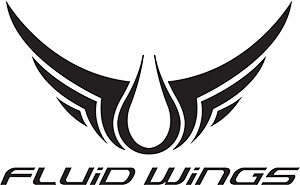 The Internet and social media have lots of information, of course–definitely too much. When you’re new in the sport it’s very hard to know what information applies to you, and keep in mind that good advice for one person may be bad advice for you. Your instructors have the general sport knowledge and knowledge of YOUR skills to help you filter that information.
The Internet and social media have lots of information, of course–definitely too much. When you’re new in the sport it’s very hard to know what information applies to you, and keep in mind that good advice for one person may be bad advice for you. Your instructors have the general sport knowledge and knowledge of YOUR skills to help you filter that information.
You can dig deeper as well, such as asking your instructors about basic flight characteristics of the more common canopy designs on the market. I’d also recommend this trusty, non-biased article by Scott Miller of Performance Designs: “Choosing the Right Canopy, Part 2: Cells, Shapes, and Skins.” This is a relatively in-depth discussion about canopy construction, materials used, and some of the popular marketing terms used when describing canopies.
Finally, keep an eye on your dropzone’s events calendar so you know if any manufacturers have scheduled a tour stop there–these reps are a great source of information on equipment in general and on their products, and often will have gear you can “demo” or try out to help make your decisions.
Container Choices
Now that you know what main parachute you want (or have narrowed down the size at least), you’ll need a container to put it in! Most containers manufactured in the last 10 years or so will be considered relatively modern including some form of an RSL, MARD, and have options designed to increase safety at freefly speeds (such as tuck tabs for securing flaps rather than Velcro, better bridle protection, and secured pin covers). Below is a list of some of the most popular manufacturers (as of 2023):
In the skydiving industry, most people will be biased in favor of one manufacturer compared to another just as some people like Toyota over Ford (or vice versa!). As mentioned, most modern rigs have good safety features but the small differences between them, fit/comfort, and aesthetics lead to these preferences. Chat with your instructors, pro shop manager, and other fun jumpers to see what they prefer and most importantly–ask why. Use their reasons and your own observations to narrow down your container preferences.
Armed with a short list of preferred main parachutes and containers, now it’s time to look at container sizes. Container fitting has two parts, canopy fit (which we’re about to discuss) and harness fit for your body (which we’ll get to in part 2). They don’t have anything to do with each other; you can get a container for very large canopies made for a small human, vice versa, and anything in between.
Your parachute sizes/manufacturers will determine how much space the parachutes take up when packed (the “pack volume”), which in turn will determine the size of container you will need to hold them. Containers can hold a small range of canopy sizes with Full/Standard/Loose fits. This will be referred to as Canopy Compatibility, such as the example below:
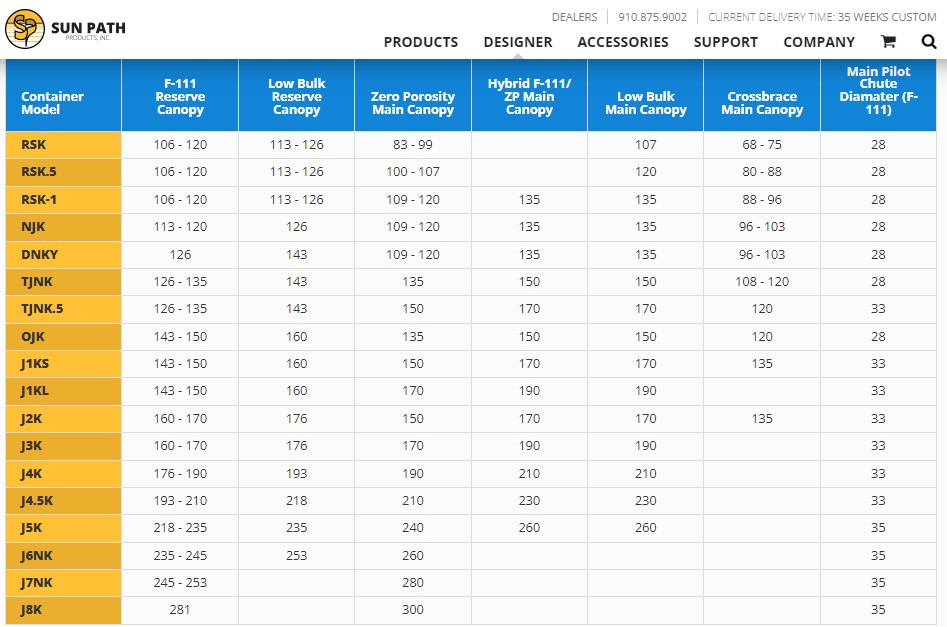
Every manufacturer has a reference chart of what size canopies can fit in your desired container. They put these charts out for a reason; if you “overstuff” or “understuff” any container outside of their recommended canopies, this can greatly impact the overall fit and look of your container as well as its overall safety.
Some manufacturers also list canopies that fit full (tight) vs. a standard fit, such as UPT Vector (example below).
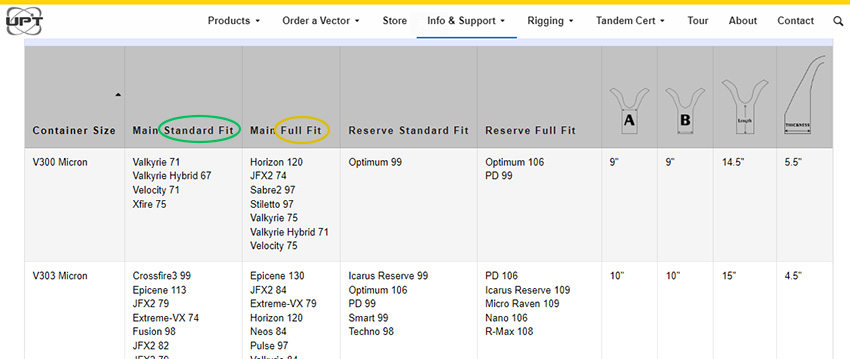
Note that in addition to overall square footage, parachute material is another factor in pack volume. Some manufacturers offer certain parachutes made of a lower-bulk material that packs smaller than standard zero-porosity nylon. In practical terms, this means you can fit a larger-square-footage canopy in the same container as a smaller zero-p canopy, such as fitting a 190-size Performance Designs Pulse or Aerodyne Pilot LPV into a container that should hold most 170-square-foot zero-p canopies like a Sabre. It is a common strategy for a first rig to purchase a container that will hold one size smaller main parachute than you actually fly currently, and a lower-bulk main parachute of the correct size so you can easily downsize to a smaller size main parachute later in your jumping career when you are ready without having to buy a new container.
Now, your wish list might read something like this: “I need about a 190-square-foot Sabre3 in a Javelin Odyssey J4K or a UPT Vector V352.”
Reserves!
We fully entrust our lives and last-ditch efforts to this very special piece of fabric. Imagining the situations where we are using our reserve can be pretty uncomfortable, but it’s very important to remember the context that we often willfully forget. When we perform emergency procedures and have a reserve above our heads, we must be ready for adverse environments as obviously, at least one thing has already not gone according to plan and that has cascading effects.
We could be in less than ideal positions for landing, we may be potentially low and need to transpose or modify our landing patterns depending on where we are, we may be stuck with a tight landing area, or we may even be unconscious.
Anything and everything should be considered when you’re choosing the size of your Reserve canopy. On top of the size, the age needs to be considered too. Riggers will not even consider repacking anything over 30 years old. Anything over 20 years old NEEDS to be thoroughly inspected by a rigger or recertified by the manufacturer, and some reserves can only be packed a certain number of times before requiring recertification by the manufacturer.
The most common and trusted reserve manufacturer in the U.S. (and many other countries) is Performance Designs, which produces the PDR and Optimum Reserves. The latter is a lower-bulk reserve that generally allows you to use a one-size-larger square-footage reserve in a container compared to a PDR (ex: OP-160 fits similar to a PDR143). More square footage overhead in an emergency situation is generally a very good thing because larger parachutes fly more slowly, allowing you more time and forgiving flight characteristics for that emergency situation.
Of course, other manufacturers produce reserves as well. When choosing your reserve size, refer back to your chosen container’s Canopy Compatibility chart to ensure it will match your container size.
Now, your wish list might read something like this: “I need about a 190-square-foot Sabre3 in a Javelin Odyssey J4K or a UPT Vector V352, with an Optimum 193 or PD 176 reserve.”
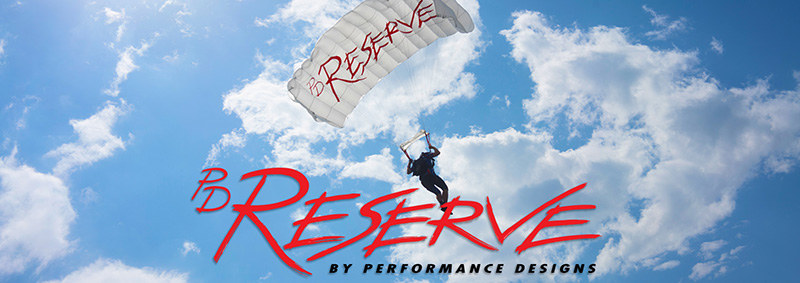 Automatic Activation Devices
Automatic Activation Devices
Aside from the obvious safety benefits especially to newer jumpers, some dropzones as well as boogies/large events require you to have an AAD in your rig. More than likely, we can all agree that having one is both beneficial and worth the investment.
Two of the most common AADs are going to be Advanced Aerospace Designs (VIGIL) or Cypres.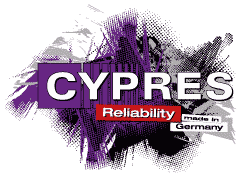

Aside from these two common brands, there are other AAD brands. Whichever brand you decide to go with, it is super important to educate yourself on the specifics of each unit because while they all do the same job, the details of how they work and are set/adjusted are different.
Service life and maintenance
Different AAD brands, and different models/manufacturing years within a brand or model, may also have different time intervals (a few years in general) at which they may need to be sent back to the manufacturer for service/battery replacement. Some may not require service at all, although for this type of device some people strongly prefer periodic maintenance/testing. These differences affect cost of ownership and how often/whether your rig will be without an AAD during the service period.
Aside from the brands, there are different models of AADs that can be specific to the user. Most brands now offer ‘Multi-Modes’ which allow you to switch between pre-set skydiving classifications (Pro, Speed, Tandem, Student) so the unit can offer versatility for later/advanced skydiving and canopy progression OR it will retain a higher resale value and broader appeal to more skydivers if you decide you need to sell your AAD.
On each manufacturer’s website, you’ll find a manual that will go over arming altitudes, firing altitudes/speeds, and other personal/geographical modification options.
AADs can have very long lifetimes so buying new, especially if you are going to be committed to the sport for a long time, may be worth it. However, if you’re on a tight budget used AADs are often available.
Finally, your wish list might read something like this: “I need about a 190-square-foot Sabre3 in a Javelin Odyssey J4K or a UPT Vector V352, with an Optimum 193 or PD 176 reserve and a Cypres-2 AAD.”
Now that you know what gear you want, let’s talk about new vs. used gear options!
Next up: Part 2, New vs. Used!
By Brian Lane, Chief Instructor at Skydive Spaceland Dallas; and Christy West, Marketing Director at Skydive Spaceland







